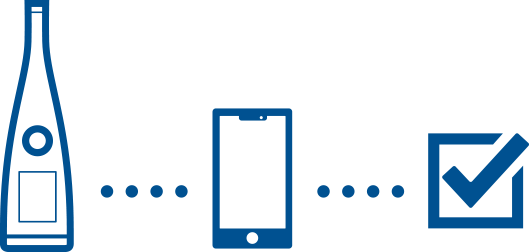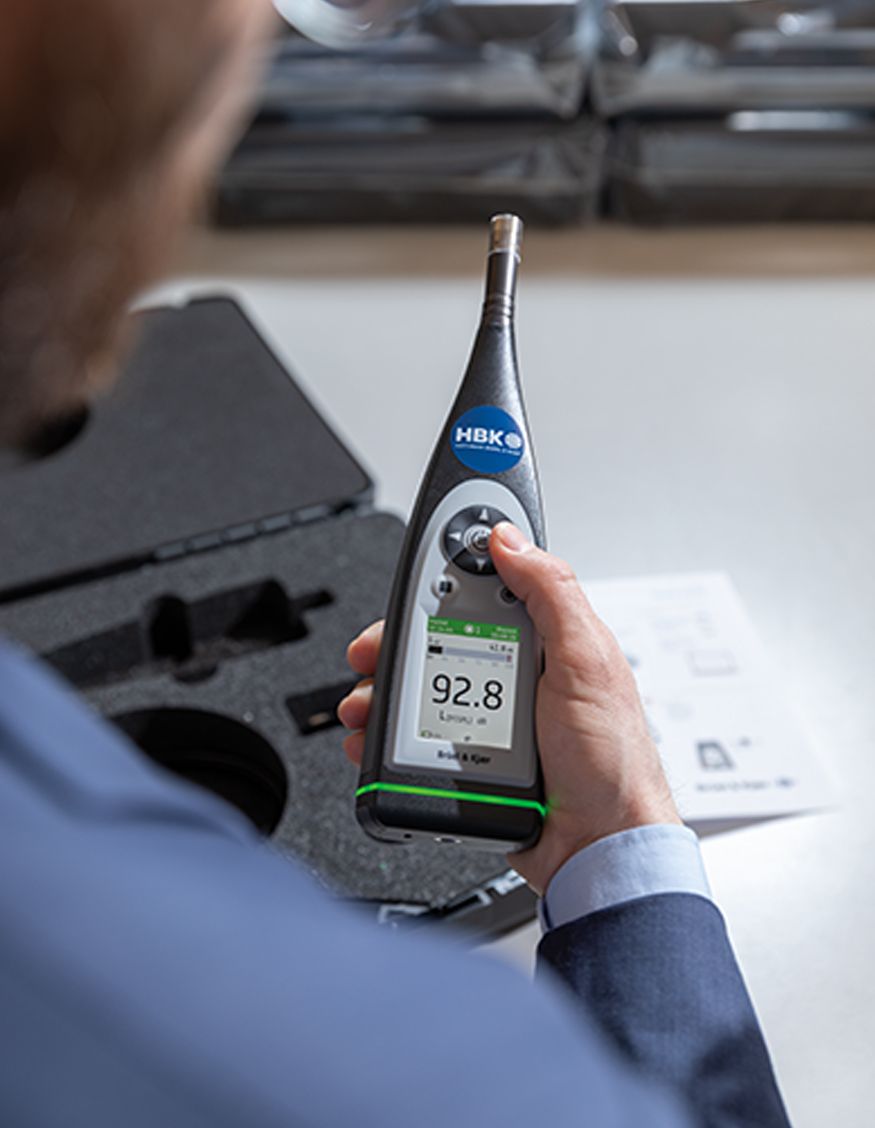Sound Level Meter Type 2250 and Type 2270 are extremely powerful and flexible devices. With the right software modules, they’re capable of almost anything – from simple broadband sound level measurements and 1/3-octave frequency analysis to vibration measurements with real-time FFT analysis and building acoustics measurements. In the hands of experienced users, they are also easy to use.
But for users new to sound measurement, or those who only make measurements occasionally, Type 2250 can appear intimidatingly complex. Furthermore, it can be difficult for new customers to understand which software options are needed for their job. For our new entry-level sound level meter, we wanted to provide a much simpler user interface (UI) and more support in the field.
A touchscreen UI felt like a natural starting place for a user-friendly sound level meter. Type 2250 was introduced in 2004, three years before the release of the iPhone and the onset of the smartphone revolution, which has made touch interfaces ubiquitous in everyday life. But building a new sound level meter with an integrated touchscreen presented challenges
BEST OF BOTH WORLDS
The touchscreen on Type 2250 uses a stylus. While this was typical in 2004, users today expect capacitive touchscreens they can operate with their fingers. But without a stylus to give precise input, finger-touch interfaces require large touch targets, in turn requiring large displays, ultimately resulting in a large and unwieldy sound level meter. Our solution with B&K 2245 is to move the touchscreen off the sound level meter and into new apps for a smartphone or tablet, allowing the best of both worlds: a compact and lightweight sound level meter, paired with a large touchscreen display. Recognizing that our customers cannot always use a smartphone, we still designed it with a user-friendly push-button-controlled UI and colour display. All measurement functions are available using the buttons, but with the apps we were able to go further.

Sound level meter designed for your job-to-do
TAILORED FOR THE TASK
Designing B&K 2245 from the ground up to be operated with apps, presented another opportunity to better serve new users. We chose to make separate apps for individual jobs-to-do. This enabled us to tailor each app to its application, reducing complexity and supporting the user. For example, the Enviro Noise Partner app includes markers, making it easy to exclude disturbances like a barking dog from environmental noise surveys. For occupational noise measurements, our Work Noise Partner app supports the user through a complete task-based noise exposure survey, from organizing measurements into tasks, making the measurements, and calculating a workday dose in the field.
Of course, there are many common features across the apps. Every app can embed photo, video, text and voice annotations directly into the measurement data, making survey documentation easy. They’re also designed to be safe. Every smartphone user has at some time inadvertently brushed their phone’s display, accidentally starting a phone call, or worse. To ensure that such accidental inputs don’t result in lost data, we implemented safe pause and stop controls into our apps, where the user must slide the button to the opposite side of the screen. Simple but effective.
DANISH DESIGN
For B&K 2245 we wanted a sleek and modern design, but one that was also robust, easy to operate and hand-held. Of course, it needed to be acoustically optimized too. We turned to Steve McGugan, the industrial designer for Type 2250 and LAN-XI, as well as products from iconic Danish companies like B&O and Georg Jensen.
To ensure that the new sound level meter would be easy to hold and operate, we produced 3D printed mock-ups of each iteration of Steve’s designs to test the ergonomics. Where wood and clay mock-ups previously took days to produce, 3D printed mock-ups could be prepared in hours. This allowed us to explore many more variations. Just like on our previous designs, we placed the display below the buttons, so that you can have a secure grip, operate all buttons with your thumb, and be able to read the screen.
Because B&K 2245 was designed for wireless remote operation, we also wanted the user to be able to see what it’s doing from a distance. With Steve, we extended the traffic-light concept from Type 2250 by integrating a light ring into the base of the sound level meter, making it easy to see the measurement state from a distance and at any angle.
TALK TO US
Get expert advice about sound level meters
NO COMPROMISE
While B&K 2245 is an entry-level sound level meter, we didn’t want to compromise on its metrological performance. We want our customers to be just as confident of their results as they would be with Type 2250. We selected our new free-field microphone Type 4966, designed a completely new preamplifier, used our Dyn-X technology for analogue-to-digital conversion of the input signal. The result is a single measurement range of 16 to 141 dB(A) from noise floor to maximum level, even better than Type 2250.
Normally, a job does not end with the last measurement. Almost everybody will need to download and then analyse and report their data. To make this as hassle-free as possible, we gave B&K 2245 the ability to automatically back up its entire measurement storage to a network drive when connected to the network. And to make it even easier, we created an optional base station with Ethernet and fast charging – just place B&K 2245 into the station and walk away.
For measurement analysis and reporting, we decided to follow the same application-focused approach we took with the mobile apps, creating an associated PC app for each. Where the mobile apps are designed to support users while measuring in the field, the PC apps provide tools for analysis and reporting, again with a focus on simplicity and ease-of-use.
Only then, with a completely new hardware design, mobile and PC apps, and a range of accessories, can we say, ‘job done.’ Now it’s your turn.



